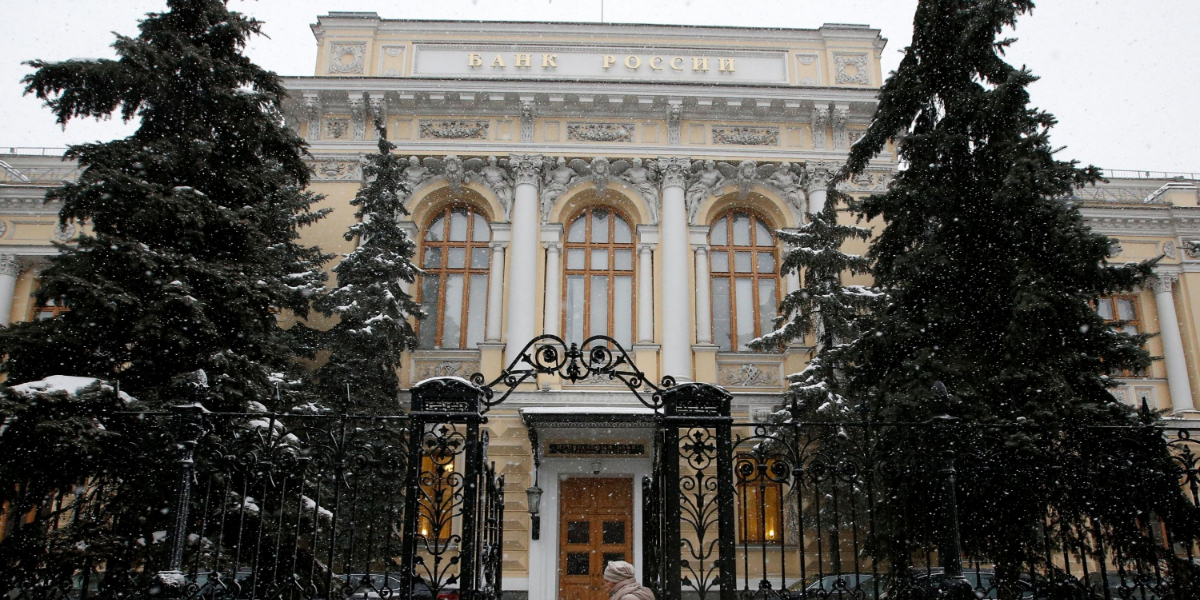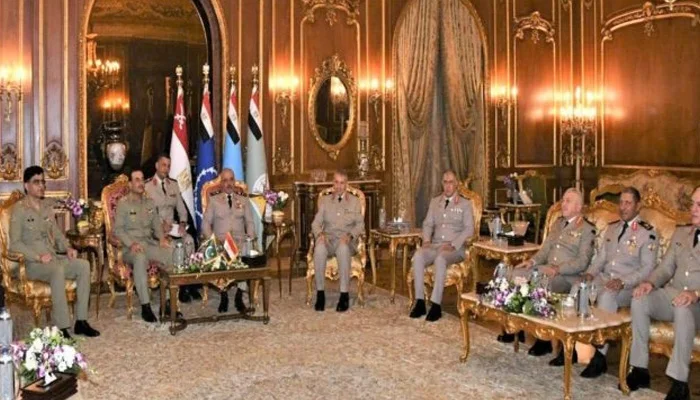Russia’s central bank announced on Friday that it was lowering its benchmark interest rate for the second time in a row, citing a reduction in the risks of price surges and financial instability.
The Bank of Russia said it would drop the rate from 17 percent to 14 percent starting next week, a bigger cut than many analysts had projected.
Following a period of emergency measures in response to Russia’s military intervention in Ukraine, it claimed “price and financial stability risks (are) no longer on the rise.”
In late February, four days after President Vladimir Putin dispatched troops, the bank raised the rate to 20%.
This came after Western nations imposed sanctions that largely cut Russia’s financial sector off from the global economy.
The central bank cut the interest rate to 17 percent earlier this month, however, saying that risks to financial stability had “ceased to increase” for now.
Analysts surveyed by Russian media had largely predicted a 15-percent cut for the latest rate decision.
“It now looks likely that rates will fall towards 10 percent by year end,” Liam Peach, an analyst at Renaissance Capital, said in a note after the decision.
The central bank nevertheless struck a cautious note, saying the country’s economy faces a “challenging” situation due to sanctions and could see a sharper decline than its base scenario predicts.
– ‘Colossal uncertainty’ –
“We are in a zone of colossal uncertainty,” both in terms of supply and demand, the bank’s governor Elvira Nabiullina told journalists after the announcement.
Ratings agencies have downgraded Russia and warned that payments of dollar-denominated debt in local currency would constitute a sovereign default, the country’s first in decades.
Nabiullina insisted that the finance ministry has resources to make such payments and “from the economic point of view, there cannot be any talk of default”, while admitting that there were “difficulties with payments that we see”.
“I hope that will all also pass and end with success,” she said.
Due to foreign trade and financial limitations, Russia’s imports are dropping more rapidly than exports, according to the central bank.
It predicted that imports would drop by up to 36.5 percent this year, while exports would rise by up to 21 percent.
It noted on Friday that, while still high, current consumer price inflation rates have “slowed markedly” since a peak in March, owing to “ruble strengthening and a cooling of consumer activity.”
In March, the ruble hit historic lows versus the dollar and the euro, but has since recovered.
The central bank forecasted a spike in inflation of up to 23% this year, before slowing next year.
The bank has set an inflation target of four percent, and vowed Friday its monetary policy “will ensure a return of inflation to target in 2024”.
While concerned about inflation, the bank stated that given the new conditions, its monetary policy would focus on the need for “structural restructuring of the economy.”
The next meeting to discuss a rate move will be held on June 10, with the bank indicating that it sees an opportunity for more rate cuts this year.

















